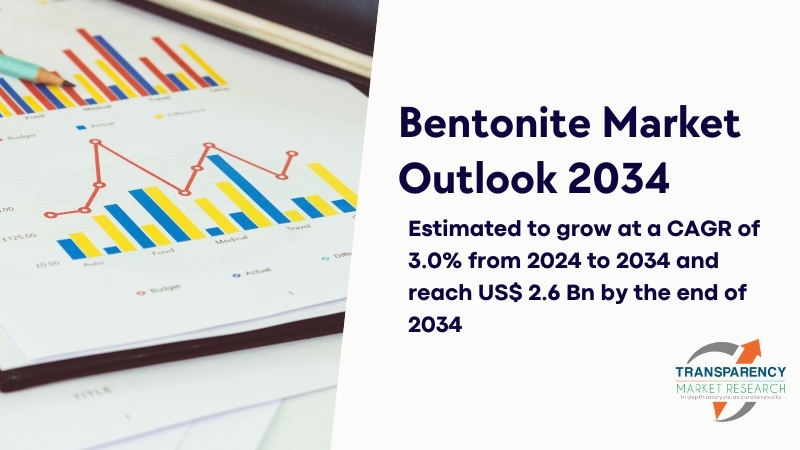
Bank of Canada Governor Tiff Macklem participates in a news conference on the bank's interest rate announcement, in Ottawa, on Sept. 4. Justin Tang/The Canadian Press Two years ago, in a bid to catch up with sharply rising inflation, the Bank of Canada did something that Governor Tiff Macklem acknowledged as “very unusual.
” On July 13, 2022, it raised its policy interest rate, in one single leap, by a full percentage point. The move was designed to shock, and it did. The challenge the central bank is facing today is not inflation, but the opposite: a cooling economy, with rising unemployment.

And, as it was two years ago, the bank’s response appears to be slightly behind the curve. Does Mr. Macklem need to catch up, as he did then, with an outsized interest-rate cut? Yes.
When he announced that supersized rate increase in the summer of 2022, Mr. Macklem said it was justified by three considerations . “First,” he said, “inflation is too high, and more people are getting more worried that high inflation is here to stay.
“Second, the Canadian economy is overheated. “And third, our goal is to get inflation back to its 2% target.” As such, he said, “we are increasing our policy interest rate quickly to prevent high inflation from becoming entrenched.
If it does, it will be more painful for the economy – and for Canadians – to get inflation back down.” Mr. Macklem said the bank had “decided to front-load the path to higher interest rates.
” That phrase – front-loading – is the key to understanding what the bank did then. It also suggests what the bank should do now. In the summer of 2022, the bank was already well into raising interest rates to tame inflation, and it had made it clear that it expected to continue raising rates in subsequent months.
The big, one-percentage-point hike was simply a case of the bank bringing forward future planned rate hikes. Mr. Macklem changed the timing, but not the destination.
He argued at the time that, “by front-loading interest rate increases now, we are trying to avoid the need for even higher interest rates down the road. Front-loaded tightening cycles tend to be followed by softer landings. This argues for getting our policy rate quickly to the top end or slightly above the neutral range.
” In other words, acting quickly and forcefully would more quickly get the economy back on target, obviating the need for even more aggressive actions in future. Extra ounces of prevention today would ward off the need for extra pounds of cure tomorrow. Mr.
Macklem said that he expected the tightening cycle the bank embarked on in 2022 would ensure that inflation would “return to the 2% target by the end of 2024.” Right on schedule, here we are. The Consumer Price Index for August was released this week, and inflation as measured by CPI is back down to 2 per cent.
However, there are signs that it’s on a path to undershooting the goal, just as it overshot coming out of the pandemic recession. The bank’s preferred measures of inflation, CPI-trim, CPI-median and CPI-common, are at 2.4, 2.
3 and 2 per cent , respectively, and falling. CPIX, an inflation measure that a younger Mr. Macklem helped to popularize, has been dropping for months, and is at a too-low 1.
5 per cent. And if you remove mortgage-interest costs from the CPI, it has fallen to a troublingly low 1.2 per cent.
At the same time, unemployment has risen. The jobless rate was 6.6 per cent in August, up 1.
1 percentage points from a year earlier. An economy that was once overheated is now underheated. Blood pressure is too low, not too high.
That’s why the bank in June embarked on a policy of gradually unwinding the high interest rates of the previous two years. It has promised more cuts in the months to come. The question is not whether the bank should unwind.
It is whether it should unwind faster. On Wednesday, the U.S.
Federal Reserve did just that, lowering its benchmark rate by an aggressive half percentage point. The Canadian economy is in a more sluggish condition than the U.S.
, with unemployment higher and economic growth, particularly per capita growth, weaker. The Fed’s move, and the precedent of Mr. Macklem’s aggressive action in 2022, both suggest that, when the Bank of Canada makes its next policy announcement on Oct.
23, it should consider time-shifting future interest cuts into the present, and delivering something more than just a quarter-point cut..














